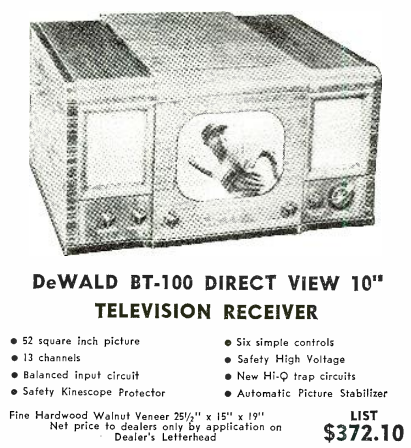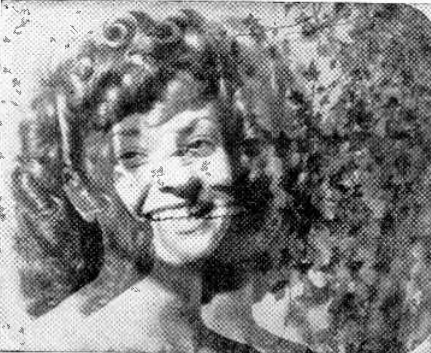 Seven decades ago, the job of TV repairman involved a lot of manual labor. More often than not, a home service call meant hauling the set back to the shop for repair. And since the set was contained in a large piece of furniture, it wasn’t necessary to haul the whole thing back. The chassis could be removed. Sylvania offered this cart to get it safely to the shop. It would accommodate up to a 27 inch picture tube, and cradle it, protecting not only the TV, but the customer’s floor and furniture.
Seven decades ago, the job of TV repairman involved a lot of manual labor. More often than not, a home service call meant hauling the set back to the shop for repair. And since the set was contained in a large piece of furniture, it wasn’t necessary to haul the whole thing back. The chassis could be removed. Sylvania offered this cart to get it safely to the shop. It would accommodate up to a 27 inch picture tube, and cradle it, protecting not only the TV, but the customer’s floor and furniture.
It was a value of $19.95, but Sylvania would give you one for free in exchange for purchasing your tubes from them.
The ad appeared in the June 1954 issue of Radio-Electronics.












